Tel: 01474 876800 • Client Portal
- Who We Are
- What We Do
- Build
- Carpentry
- Building Works
- Commercial Flooring
- Commercial Glazing
- Commercial Locksmith
- Commercial Painting & Decorating
- Commercial Plastering
- Commercial Plumbing
- Commercial Refurbishment
- Commercial Roofing
- Design & Construction
- Electrical Installation
- Hard & Soft Landscaping
- Mechanical & Electrical
- Office Builders
- Office Fit Outs
- Office Heating
- Office Partitioning
- Office Relocation
- Site Management
- Maintain
- 24 Hour Helpdesk
- Access Control
- Air Conditioner Repair
- Air Conditioning Servicing
- Commercial Boiler Servicing
- Commercial Electricians
- Commercial Ground Maintenance
- Commercial Pest Control
- Commercial Property Maintenance
- Drain Unblocking
- Emergency Callouts
- Emergency Light Testing
- Facilities Management
- Fire Alarm Testing
- Fire Extinguisher Testing
- Fire Sprinkler Testing
- Fixed Wire Testing
- Handyman Service
- Lift Servicing
- Office Health & Safety
- PAT Testing
- Planned Preventative Maintenance
- Reactive Maintenance
- Roof Maintenance
- TMV Maintenance
- Water Hygiene
- Clean
- Build
- How We Do It
- Why Use Us
- Contact
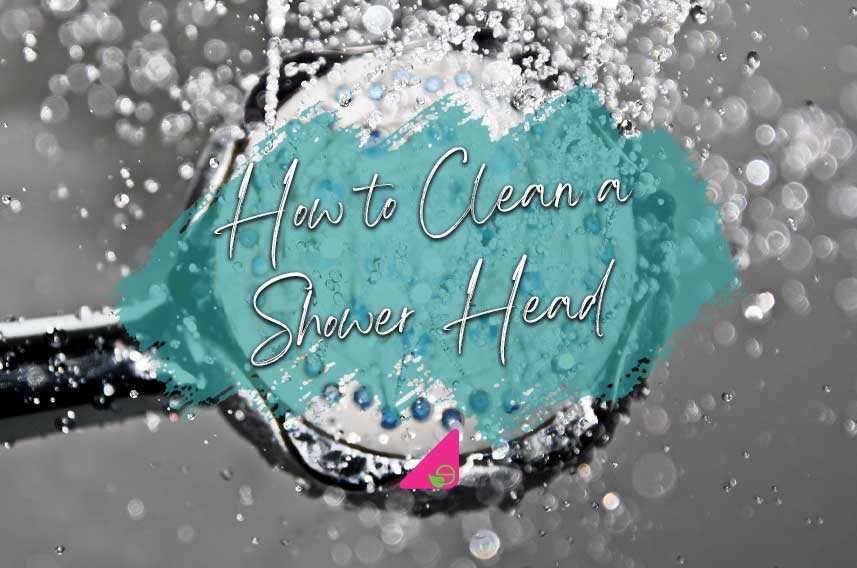
How to Descale and Clean a Shower Head
Shower heads frequently come into contact with hard water.
As a result, the buildup of limescale over time is inevitable, leading to possible blockages and an irregular and slower water flow.
Hence, it’s recommended to clean and descale shower heads from time to time to prevent such issues.
Besides, the shower head will be clean and free from mold and bacteria.
Table of Contents
Tools & Materials
You will need the following:
- White vinegar
- Bucket or container
- Spanner, wrench or pliers
- Old toothbrush
- Plastic bag
- String or elastic bands
- Soft cloth
Clean a Shower Head with White Vinegar
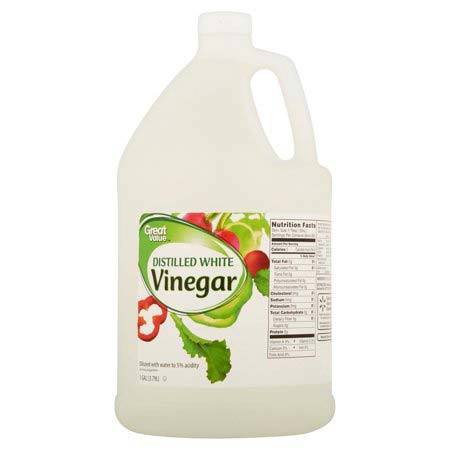
This natural and inexpensive cleaning product can help you descale your shower head effectively and quickly.
Handheld Shower Head
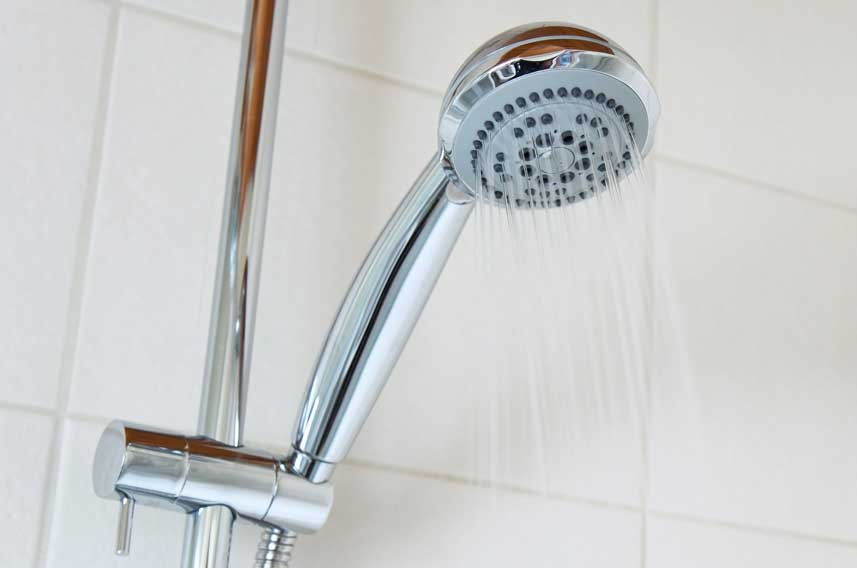
In the case of a handheld shower head, you should first remove it from its hose.
Make sure to see that the rubber gasket is stored away safely for reattachment later.
Place the shower head in a bucket or a large enough container to immerse it in white vinegar.
Allow it to soak in it for at least half an hour.
Often it is better to allow an hour, unless it’s a brass shower head.
In the case of the latter, do not exceed 30 minutes.
Next, take the shower head out of the vinegar and rinse it well under running water.
There may still be some limescale stuck to some parts.
You can use an old toothbrush to remove this easily.
Once you are ready, rinse it again, then dry and polish it with a soft cloth.
Reattach the shower head to the hose and turn on the water to flush away any remaining limescale.
Run it for at least 30 seconds to ensure that any residual vinegar and limescale particles are flushed out.
Wall & Ceiling Mounted Shower Head
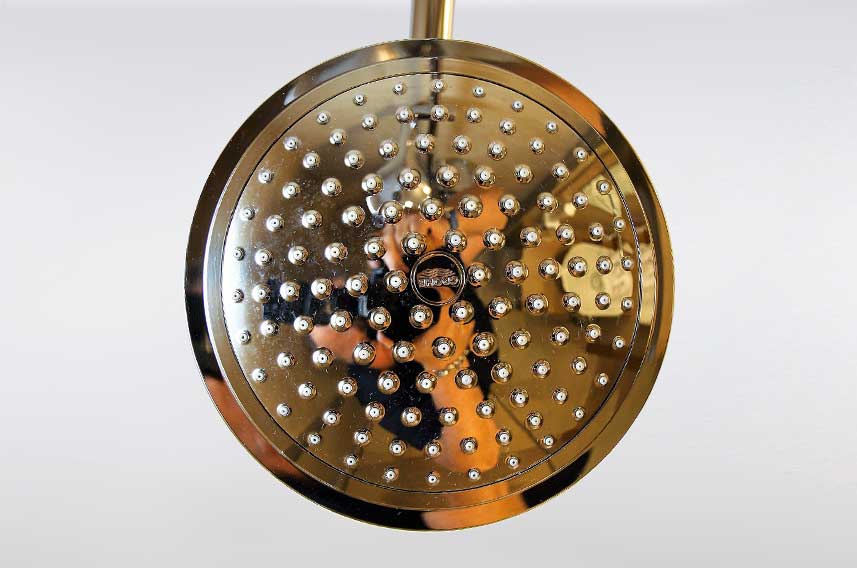
Most wall and ceiling mounted shower heads nowadays feature quick release mechanisms.
However, in the case of older fixed shower heads, you will need to use a different method as it will be a bit trickier to clean.
Get a strong plastic bag that can fit easily over the shower head.
Fill up to half of it with white vinegar. Then, place over the shower head, making sure that it is completely submerged.
If it is not, just add some more vinegar.
You can use an elastic band or a piece of string to tie the bag in place.
Allow it to soak in the vinegar between 30 minutes and an hour.
Then, remove the plastic bag and turn on the shower to remove any deposits of limescale that may still have remained attached to the showerhead or within it.
A toothpick or paper clip can be used to unclog nozzles that seem to have remained blocked.
An old toothbrush can be used to scrub any buildup.
You may need to repeat the process if the limescale build-up is substantial.
Clean a Shower Head without Vinegar
While distilled white vinegar is the most popular option to clean shower heads, you may also use other products.
Apple cider vinegar can work well too.
Lemon juice mixed with water is also reasonably effective.
Both of them contain acids which will manage to dissolve mineral deposits.
There are also commercial shower head descaling products which you can buy.
Make sure to follow the instructions on the packaging when using them.
Clean a Shower Head Filter Screen
If after you’ve carried out the cleaning and descaling process you still notice that the shower head is sputtering, then it’s best to check the filter screen.
- Remove the shower head using a wrench. Lockable pliers can also work well.
- Flush the interior of the shower head with water to clear away anything within.
- Remove the filter screen using needle-nose pliers.
- Rinse the filter screen with water. If you notice mineral buildup, it’s best to place the filter screen in a bowl of white vinegar and allow it to soak within it for some time.
- Clean the rest of the shower head as outlined before.
- Then once you’re done, reinstall the filter screen and reattach the shower head.
- Run the shower head at full pressure for some time to make sure that any remaining debris is flushed out.
How to Remove Shower Head Mineral Deposits
Mineral deposits can be removed by using white vinegar.
You may also opt for lemon juice or a commercial descaler.
Some scrubbing may be required for more stubborn buildups.
The more regularly you clean your shower head, the fewer mineral deposits will be present.
How Often Should You Clean a Shower Head?
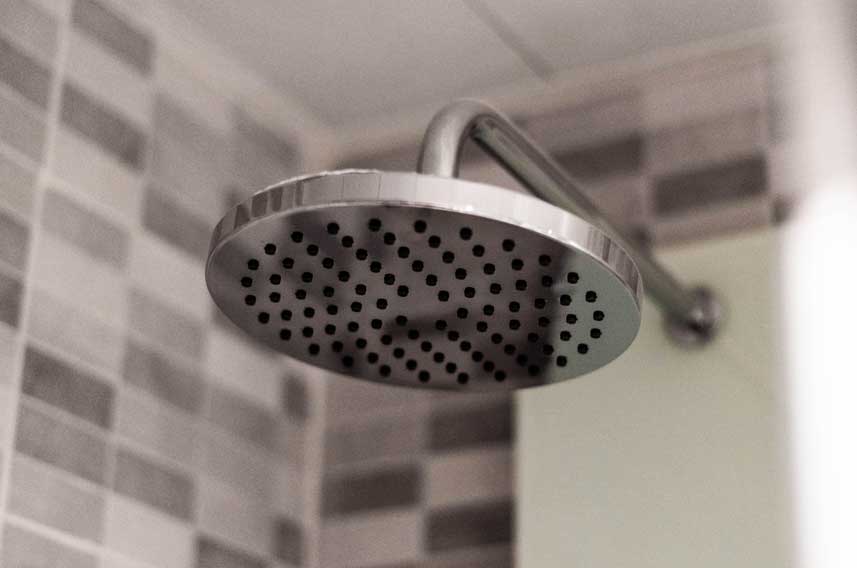
As a general rule, it’s ideal to descale your shower head once a month.
This will help to reduce limescale, and prevent blockages and a slower water flow.
If you live in an area with very hard water, then you may need to clean the shower head more often.
How to Prevent Shower Head Limescale Build Up
As always, prevention is better than cure.
Hence, a simple routine maintenance of the shower head will prevent that the limescale build-up gets too hard to remove.
Removing the shower head once a month to rinse away small pieces of limescale that will have collected inside is surely quicker and easier than trying to remove a substantial amount of limescale build-up.
It would also help to wipe off surface water from the shower head when you are done showering.
As soon as you notice reduced water flow, clean the shower head thoroughly as this is one of the telltale signs that there’s substantial mineral deposits blocking up the shower head.
It’s also recommended to use a bathroom fan during and after showering or bathing as this will help to remove the humidity from the room more quickly, thereby reducing mold and mildew growth.
Conclusion
A weak flow of water while showering is not something anyone likes to experience.
However in most cases the solution is very simple – just descale the shower head.
And as you have discovered from what we discussed above, it’s very easy to do this.
Besides, it is surely much better to have a clean shower head rather than one that is full of white, chalky deposits and bacteria.
Request a Callback
Recent Posts
- How to Clean Painted Walls 01th Apr 2025
- How to Get Oil Stains Out of Carpet 01th Mar 2025
- How to Clean a Fridge and Remove Bad Smells 01th Feb 2025
- How to Get Coffee Stains Out of a Carpet 01th Jan 2025
- How to Clean Gutters Correctly 01th Dec 2024
- What is PAT Testing? 01th Nov 2024
- How to Clean an Oven 01th Oct 2024
- How to Remove Limescale from a Toilet 01th Sep 2024
- How Long Does a Boiler Service Take? 01th Aug 2024
- How to Clean Oven Glass 01th Jul 2024

